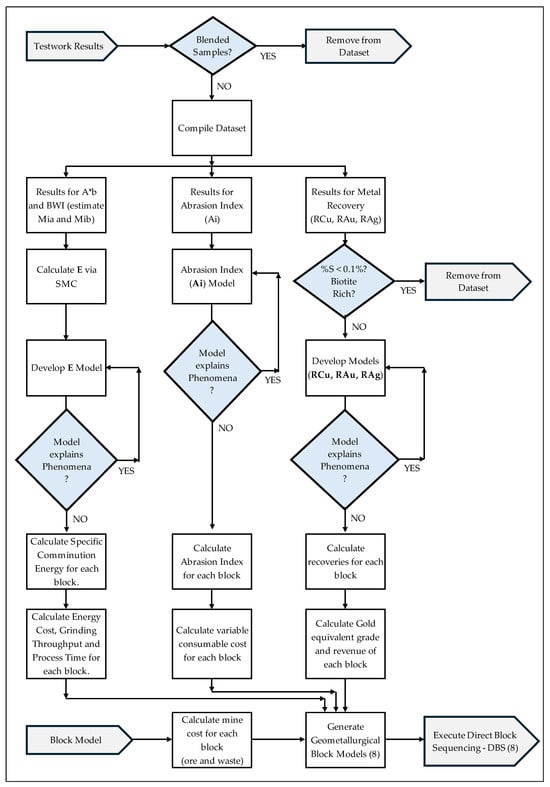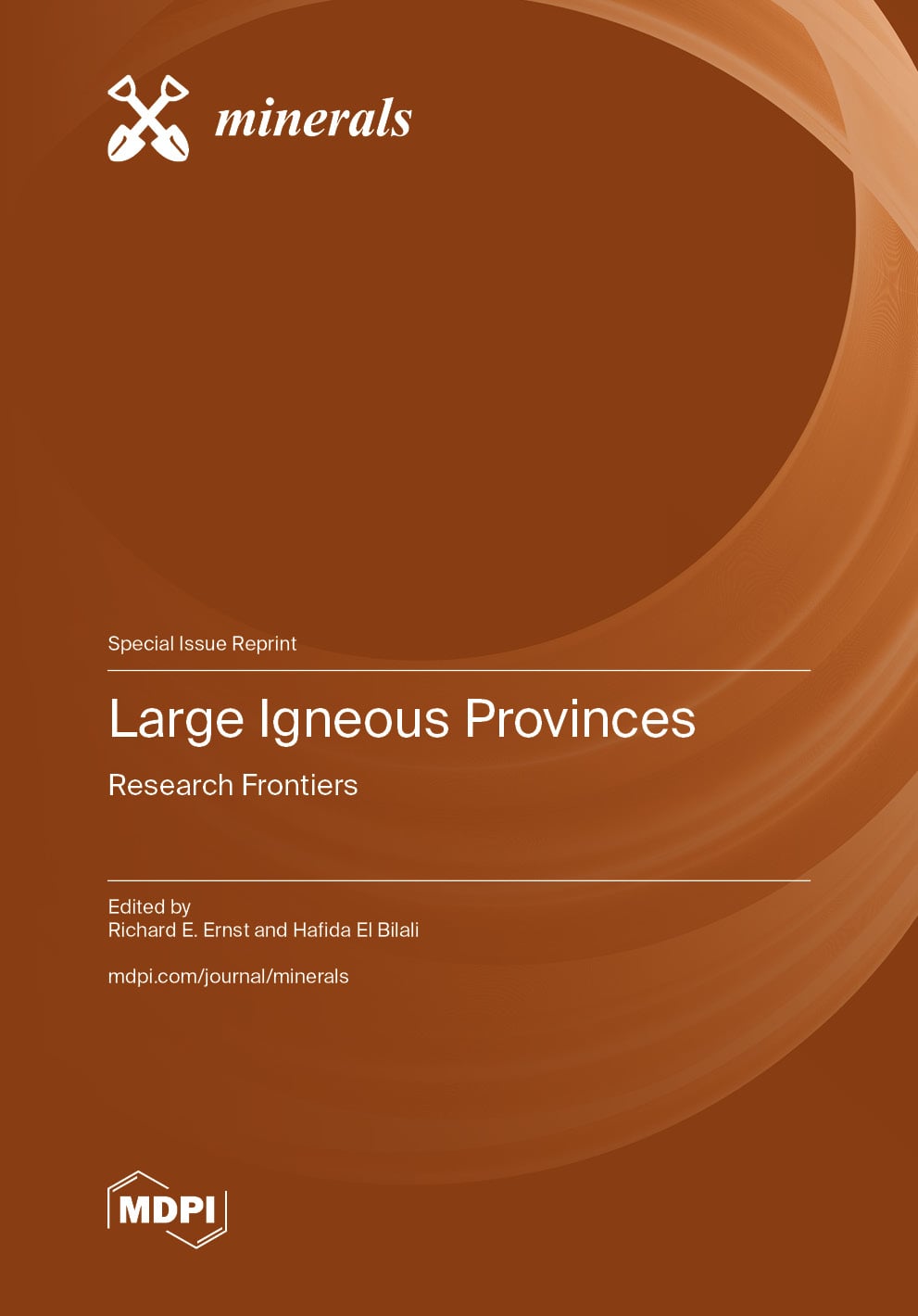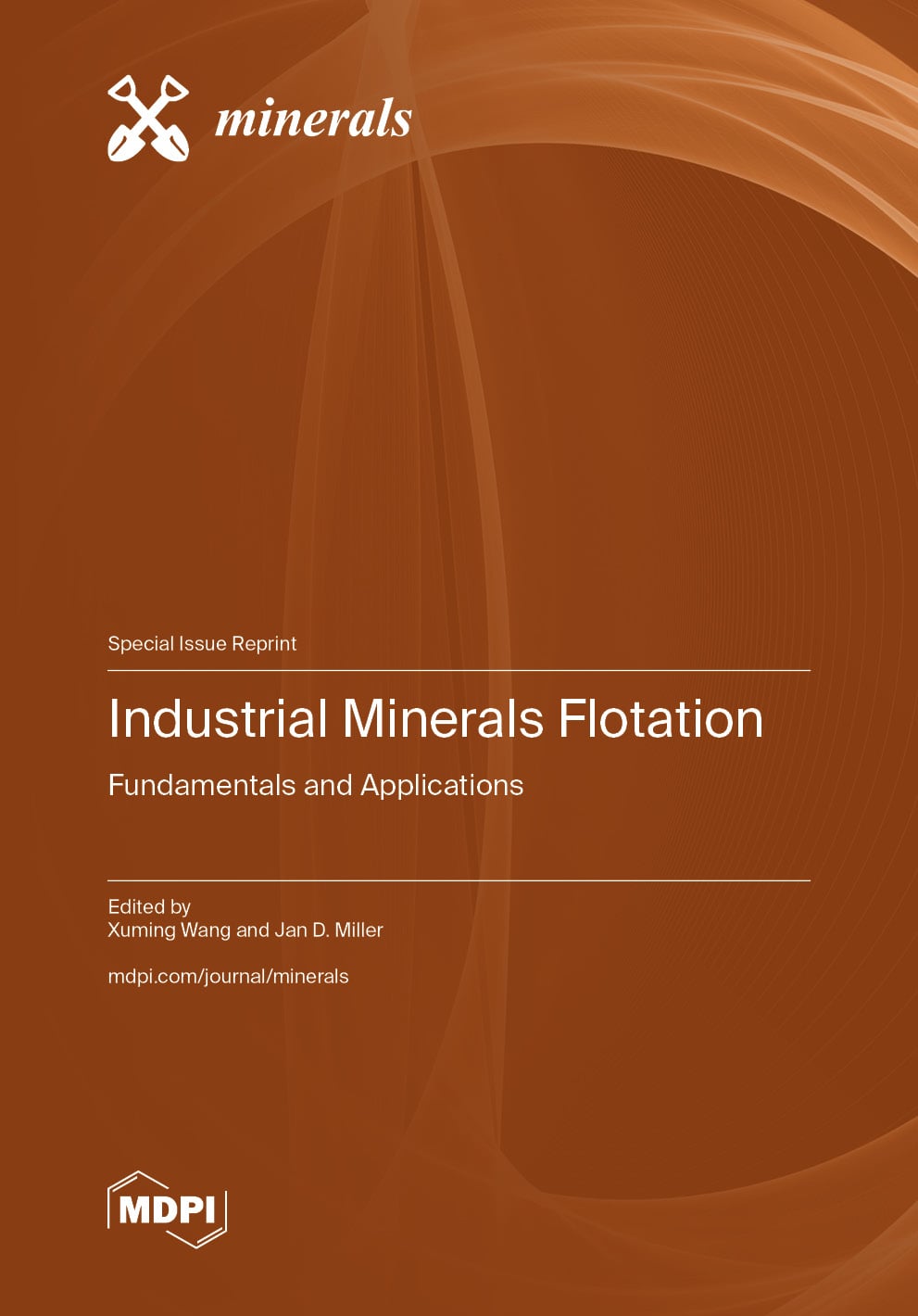- Article
Technical and Economic Impact of Geometallurgical Variables in a Mining Project
- Leone Freire da Silva,
- Kelly Cristina Ferreira and
- Leonardo Junior Fernandes Campos
- + 1 author
The inherent complexity of the decision-making process in early-stage mining projects demands high-risk investments, often based on limited and low-confidence data. The geometallurgical approach offers an opportunity to mitigate uncertainties through the development of mathematical models to predict key process variables, such as recovery and specific energy. This research quantifies the economic and technical impact of incrementally increasing the number of variables in a geometallurgical model of a copper-gold-silver polymetallic deposit during the Pre-Feasibility Study (PFS) phase. Regression models were developed to correlate grades (copper, gold, and silver) and metallurgical variables (recovery and specific energy). The models were applied to eight geometallurgical block models, and technical and economic results were generated using Direct Block Sequencing (DBS). Across all scenarios, increased model complexity had a modest effect on production metrics but caused notable variation in Net Present Value (NPV), reaching a 6.92% difference between scenarios. Thus, adding more geometallurgical variables is justified not by higher production tonnage but by the potential to enhance and stabilize NPV through improved sequencing based on key value drivers (costs, recoveries and processing time). These findings highlight the value of early geometallurgical modeling, even with limited data, for producing a more integrated and improved economic assessment.
29 December 2025




